7 Road Trips in France Worth the Miles
Some of the best experiences in France happen away from the train lines. Driving lets you explore backroads, pull into tiny towns, and stop at places where buses don’t go.
These seven routes cover different corners of the country and offer travelers something you won’t get from a quick hop between Paris and Nice.
1. Alsace Wine Route With Storybook Villages
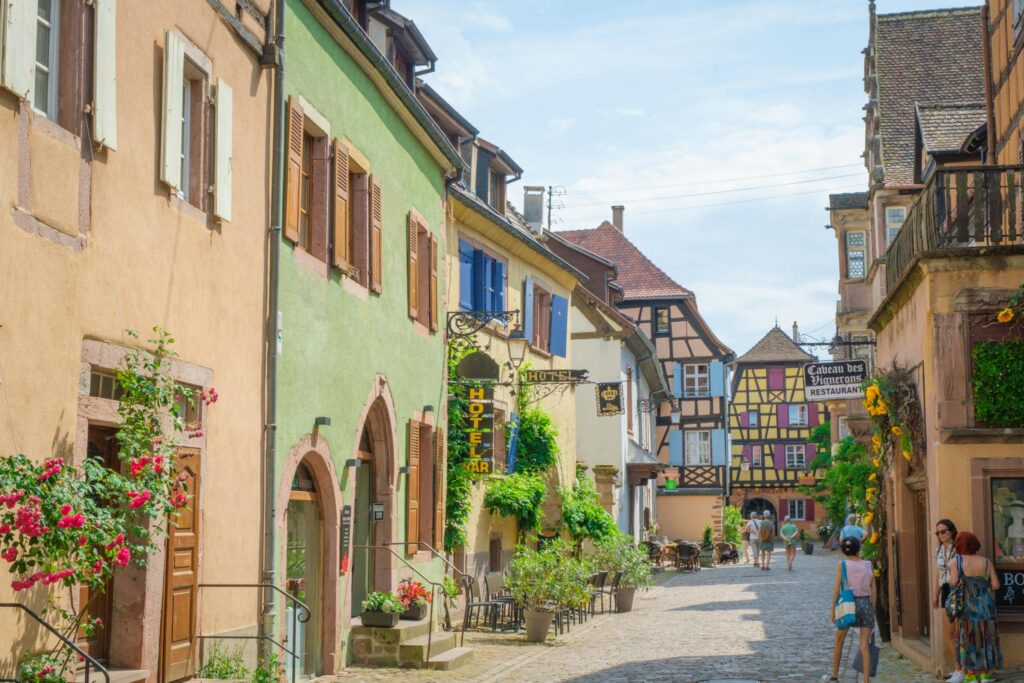
The Alsace Wine Route runs for about 170 kilometers between Strasbourg and Colmar, but the real joy is taking it slow.
Villages like Riquewihr, Eguisheim, and Kaysersberg look frozen in time with half-timbered houses, cobblestones, and overflowing flower boxes.
Many of these towns sit right among the vineyards, so you can stop at small family-owned cellars and taste Riesling or Gewürztraminer where it’s made.
Strasbourg and Colmar give you two strong anchors for the trip, but it’s the smaller places in between that leave the lasting impression. Obernai is a great overnight stop with a medieval center and excellent winstubs serving local specialties.
The drive itself is short, so even a few days give you enough time to wander markets, visit hillside chapels, and try regional dishes like tarte flambée.
2. Loire Valley’s Lesser-Visited Castles
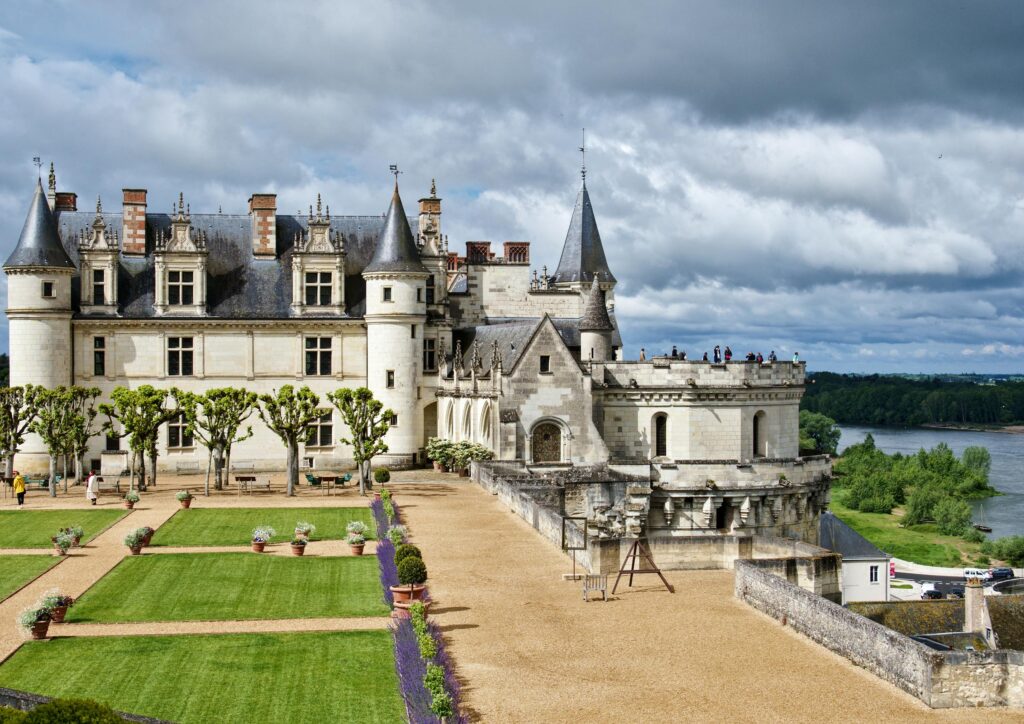
Everyone hears about Chambord and Chenonceau, but a road trip between Tours and Saumur lets you discover castles that large groups often skip.
Château de Villandry has geometric gardens that change with the seasons, while Château d’Ussé claims to have inspired the Sleeping Beauty story.
In Langeais you’ll find one of the best-preserved medieval fortresses. Saumur offers a castle overlooking the Loire River along with a strong wine tradition.
The Loire is ideal for slow driving because many castles sit only a few kilometers apart. Backroads along the Indre River bring you through countryside dotted with vineyards and troglodyte dwellings carved into the cliffs.
Instead of rushing, you can overnight in smaller towns like Azay-le-Rideau, where evenings are quiet and restaurants serve hearty regional food.
3. Normandy’s Coastline
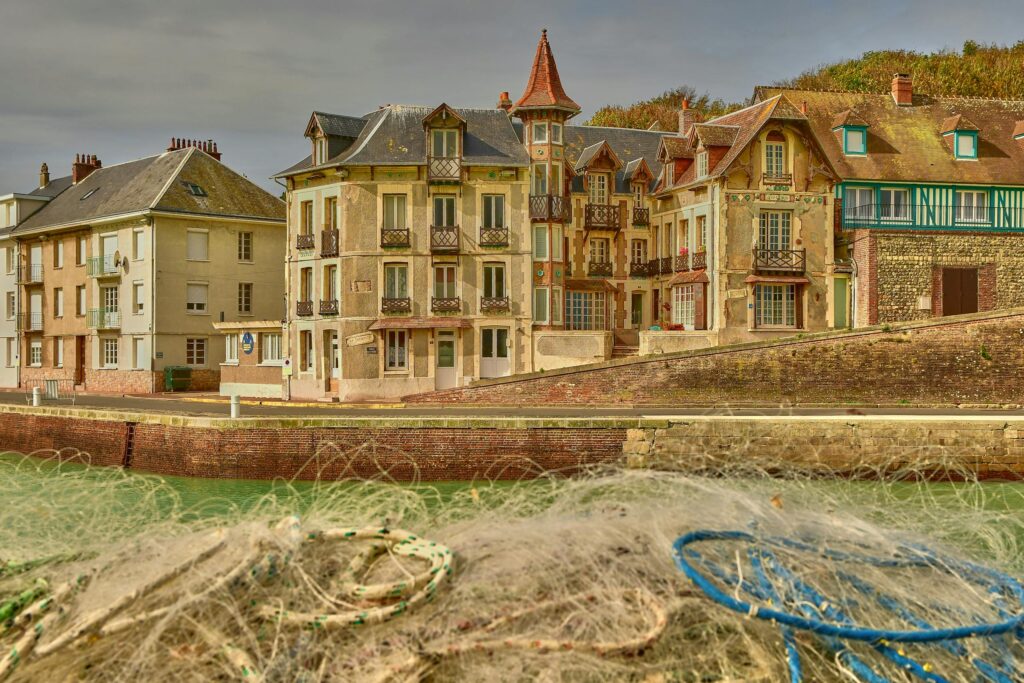
Normandy’s coastal drive offers more variety than almost anywhere else in France. Starting near Honfleur, the harbor town lined with tall narrow houses, you can follow the coast west to Mont-Saint-Michel.
Along the way you see the white cliffs of Étretat, the fishing port of Fécamp, and the historic D-Day beaches.
Bayeux is a great inland stop for its famous tapestry and medieval streets. It’s also a base for exploring Omaha and Utah beaches.
The route is as much about food as history: Isigny-sur-Mer is known for butter and cream, Dieppe for scallops, and countless villages for cider and Calvados.
Ending at Mont-Saint-Michel brings your trip to a dramatic close, especially if you arrive late in the day as the crowds thin and the abbey glows in the evening light.
4. Riviera Corniche Roads
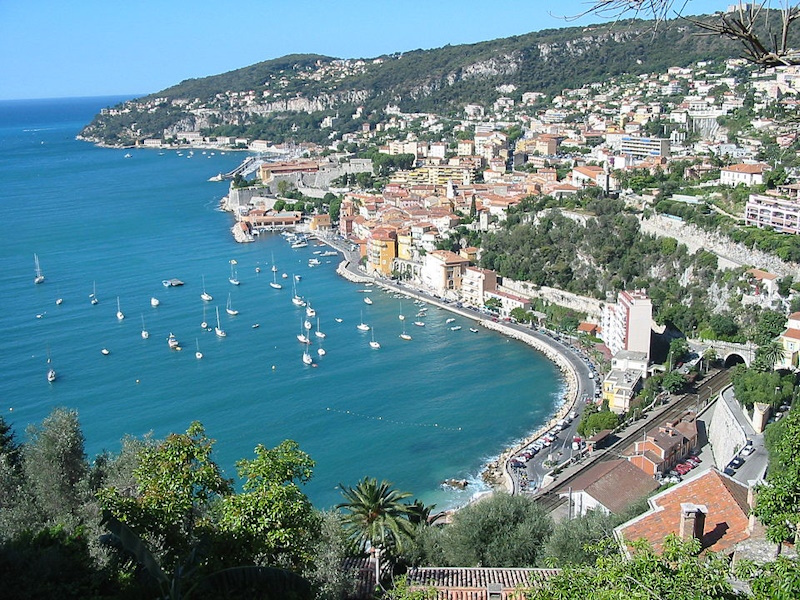
Between Nice and Menton, the Corniche roads offer some of the most scenic driving in France.
The Grande Corniche runs high above the sea, with sweeping views down to the Mediterranean, while the Moyenne Corniche passes through hill towns like Èze.
Èze itself, perched high above the coast, is worth a stop for its gardens and narrow lanes.
The roads are winding and traffic can be heavy in summer, so spring and fall are better for a calmer drive.
A worthwhile detour leads to Sainte-Agnès, a village more than 800 meters above sea level, officially one of France’s most beautiful villages and the highest coastal settlement in Europe.
From there you can drop back down toward Menton, where citrus groves and pastel façades welcome you to the Italian border.
5. Provence Hill Roads and Lavender Plains
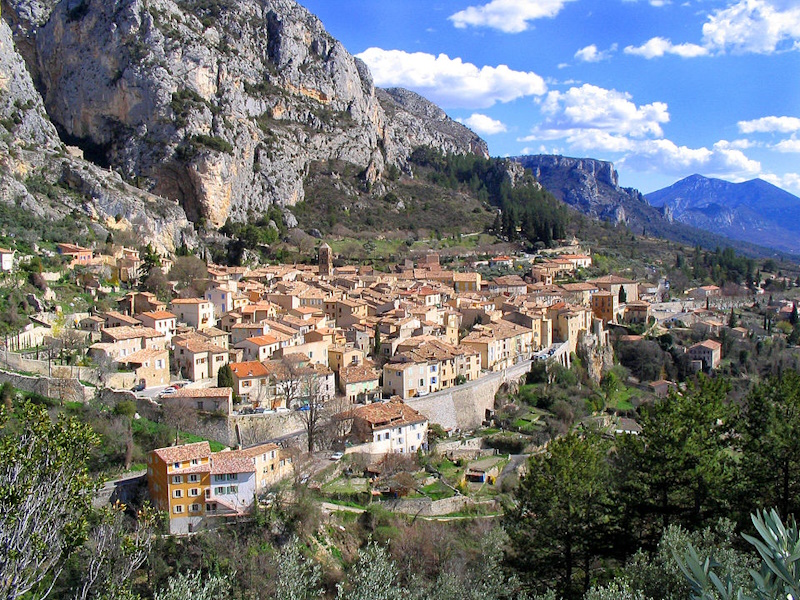
A loop through the Luberon captures the heart of Provence. Starting from Avignon or Aix-en-Provence, you can circle through Gordes, Roussillon, Bonnieux, and Ménerbes.
In June and July, the lavender fields around Sault and Valensole explode into color. Not far away, the ochre cliffs of Roussillon and the stone farmhouses of Gordes are just as striking.
Markets are central to the experience, and driving lets you match your days to market schedules: Lourmarin on Friday, Apt on Saturday, Isle-sur-la-Sorgue on Sunday.
Extend the loop to the Verdon Gorge for a complete contrast, where turquoise water winds through a limestone canyon and roadways cling to the cliffsides.
6. Dordogne’s River Bends
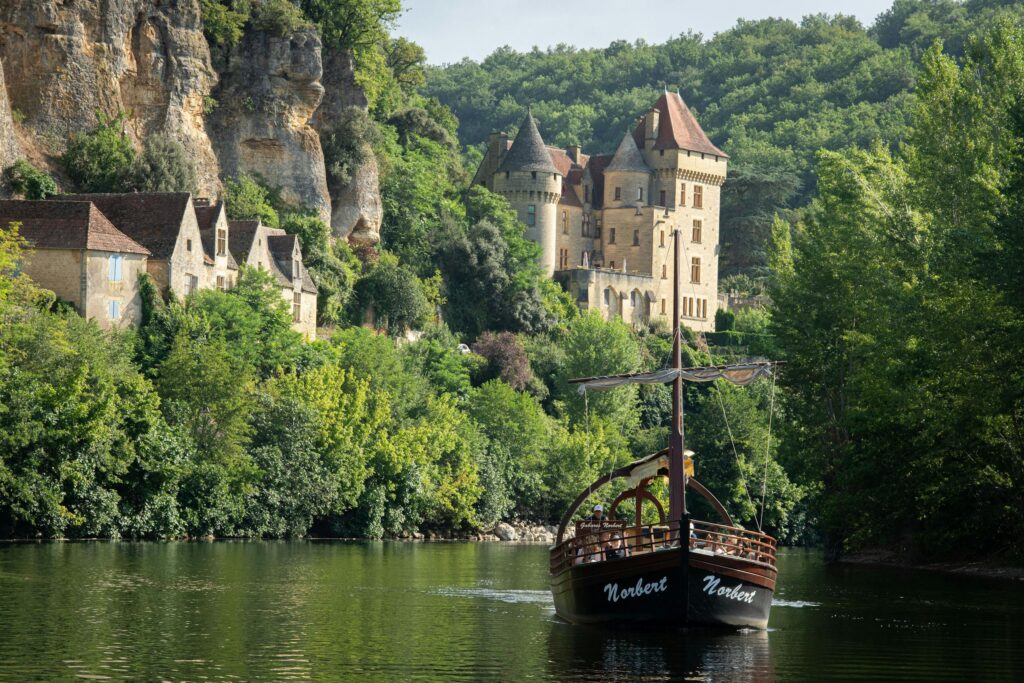
Few drives capture rural France like the Dordogne Valley. Starting in Sarlat, you can follow the river past a chain of castles perched on cliffs.
Beynac and Castelnaud face each other across the water, and La Roque-Gageac hugs the base of a cliff with houses built straight into the rock.
The Dordogne is also perfect for mixing driving with short detours. Canoe trips let you float past castles, and backroads lead to walnut groves, goose farms, and hidden Romanesque churches.
Rocamadour, built into the side of a cliff with its sanctuary halfway up, makes a stunning endpoint. Staying in small guesthouses often means dinners with regional dishes like confit de canard or walnut cake.
7. Route des Grandes Alpes
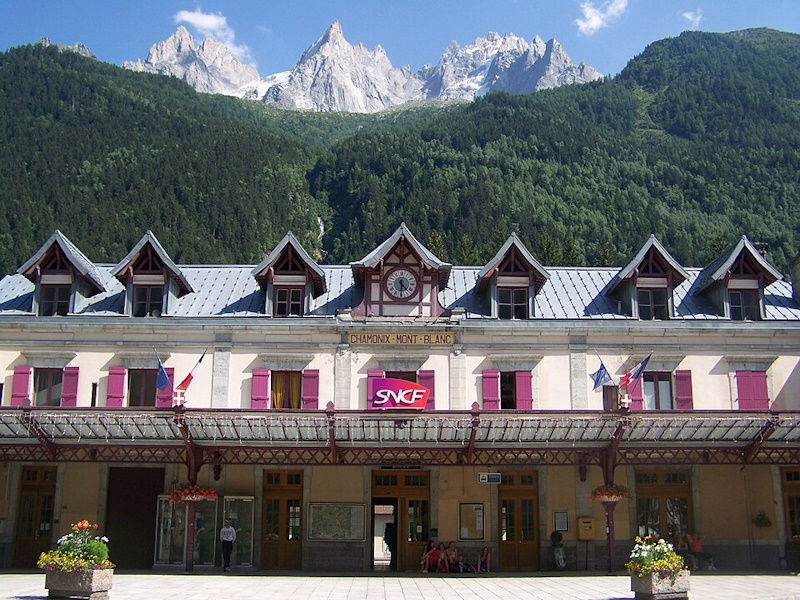
This is the ultimate long-distance drive in France, stretching nearly 700 kilometers from Lake Geneva to the Mediterranean.
The route passes over high mountain passes such as Col de l’Iseran and Col du Galibier, climbs that are legendary in cycling but also rewarding behind the wheel.
The scenery changes constantly: alpine meadows, glacial lakes, and peaks that stay snowcapped into midsummer. Towns like Chamonix, Annecy, and Briançon give you natural pauses, each with strong character.
By the time you descend to Nice, you’ve crossed some of the highest roads in Europe and seen France in its most amazing landscapes.
